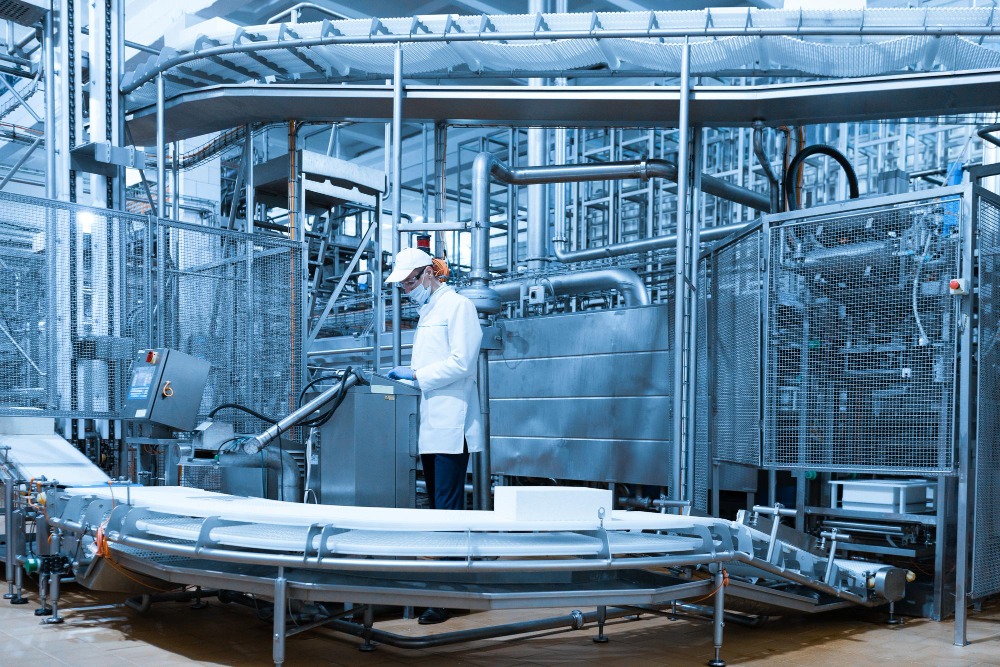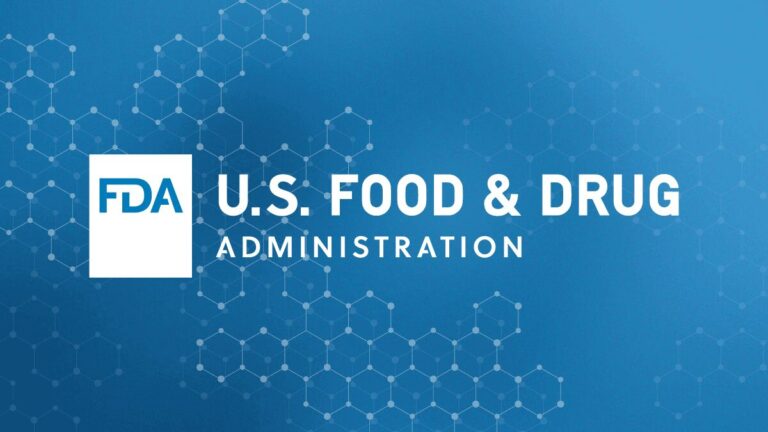A structured approach to guaranteeing that food is safe is the implementation of a Food Safety Management System (FSMS). At each step of the food manufacturing process, this system is supposed to recognize, assess, and manage risks to food safety. The success and sustainability of such a system heavily rely on the implementation of prerequisite programs. Prerequisite programs are the fundamental building blocks that form the groundwork for a robust FSMS. These programs are essential activities, procedures, and conditions that need to be in place before implementing the core elements of the food safety management system, such as Hazard Analysis and Critical Control Points (HACCP) or other risk-based approaches.
Just like a building needs a strong foundation to support its structure, your food safety management system requires a solid base. The prerequisite programs act as this foundation, providing the necessary structure and support for your food facility’s entire FSMS. If your prerequisite programs are not sustainable, the whole system may be at risk of failure; your prerequisite programs must be sustainable to meet current food safety standards and adapt to future changes and challenges in the food industry. In turn, this gives flexibility to your entire food safety management system.
Key Prerequisite Programs
The choice of prerequisite programs (PRPs) implemented in a food facility is affected by various factors that can vary from one facility to another. These factors are often specific to the type of food product, facility size and layout, processing methods, and technological advancement. Regardless of what the case may be, typical prerequisite programs are:
-
- Good Manufacturing Practices (GMP)
-
- Sanitation and Hygiene Practices
-
- Pest Control and Management
-
- Supplier Approval and Monitoring
-
- Allergen Control
-
- Traceability and Recall Procedure
-
- Water Quality
-
- Waste Management
Considerations for Creating Prerequisite Programs
-
- Purpose and objective: Clearly state what the goals of your prerequisite program are, and identify specific goals such as setting a production environment safety standard, preventing contamination, and establishing a baseline for cleanliness; this provides you with a detailed plan on how to achieve your goals of preserving product quality, lowering the number of foodborne illnesses, and guaranteeing food safety.
-
- Scope: Give a clear description of the areas and processes that your prerequisite program covers. Indicate if it pertains to particular production lines, processes, or your entire facility. Having a clear scope gives you confidence that there is a thorough approach that accounts for all pertinent areas impacting food safety and guarantees your efforts and resources are focused where they are most needed.
-
- Regulatory Framework: Identify which local, national, and international rules apply to your program and reference them when developing and implementing your prerequisite program. Incorporating these regulations into your prerequisite program will help to ensure compliance. Maintaining continuous compliance requires being proactive in keeping up with regulatory developments. By doing this, you can be sure that your operations comply with external and internal regulatory norms.
Fresh Group is committed to helping your organization build and maintain a solid foundation for its FSMS through expertly developed prerequisite programs.
Contact Fresh Group today to embark on a journey toward enhanced food safety, quality, and regulatory compliance. Our dedicated team is ready to collaborate with you to establish robust prerequisite programs that form the cornerstone of a successful food safety management system.
FSQ Writer: Oluwatobi Eniyandunmo
Reviewed by: Raphael Samson
Kindly reach out to Fresh Group Food Safety And Quality Consulting for any food quality and safety inquiries.




